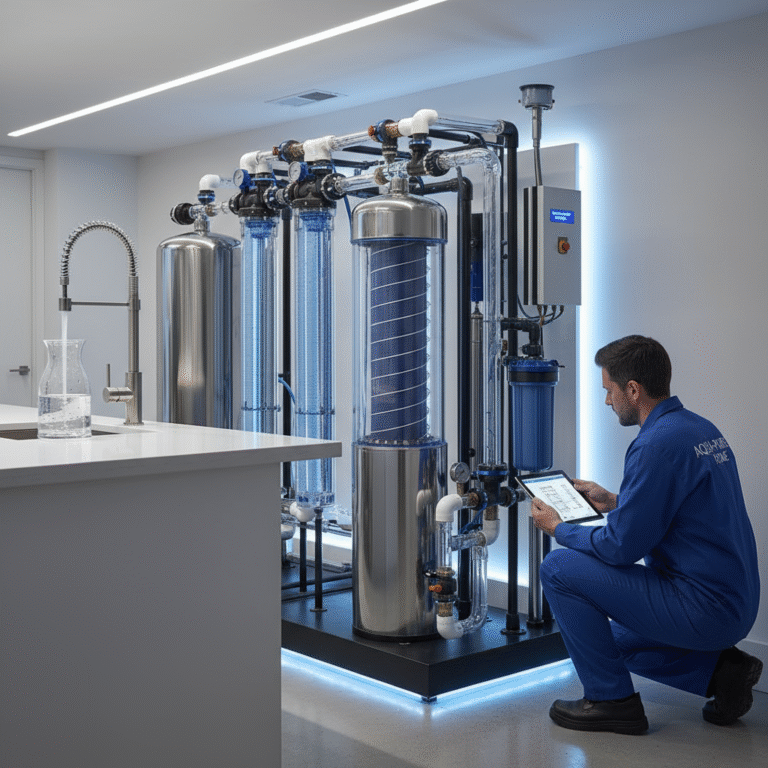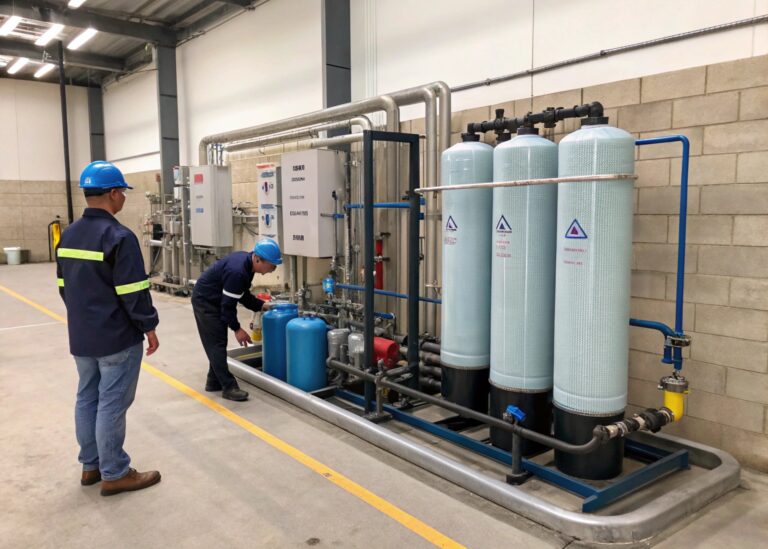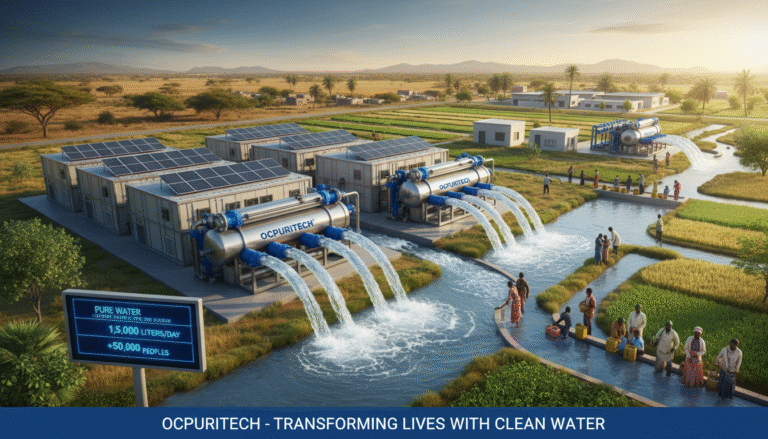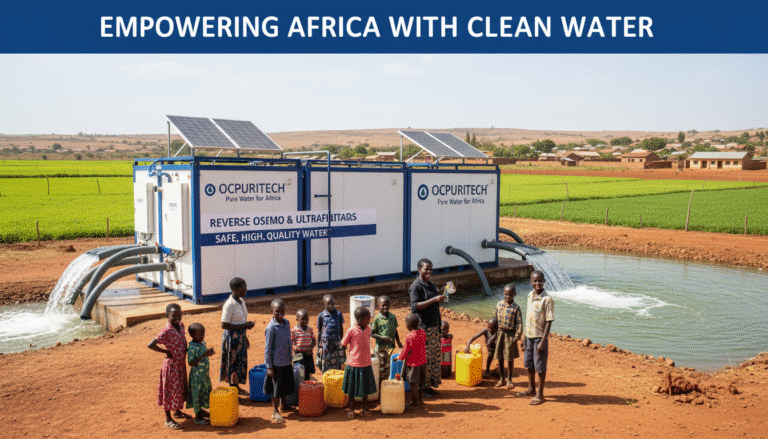Mastering Tech Trends: Reverse Osmosis Drives Home Water Purification Innovation
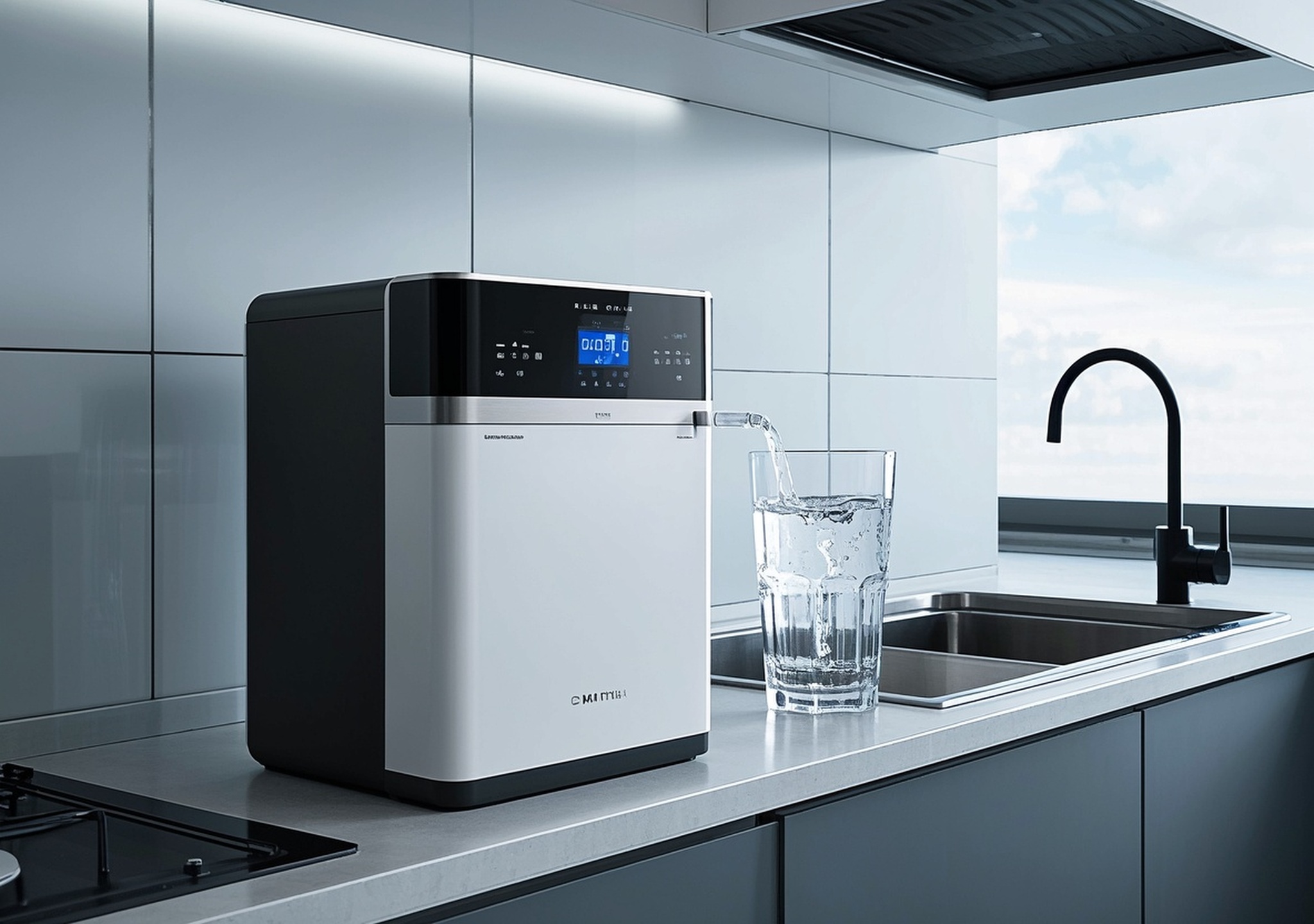
Mastering Tech Trends: Reverse Osmosis Drives Home Water Purification Innovation
1. Introduction
Access to clean, safe drinking water is a fundamental human need, yet global water quality challenges continue to threaten health and well-being. Among the array of home water purification options, reverse osmosis systems have emerged as a highly effective technology, offering reliable removal of contaminants and improving water taste and quality. The expanding demand for advanced purification solutions is reflected by the booming residential water purifier market, which was valued at approximately $17.5 billion in 2023 and is expected to grow at a compound annual growth rate (CAGR) of 7.3% through 2030, driven by growing awareness of waterborne diseases, urbanization, and consumer focus on health and sustainability [Grand View Research].
Leveraging years of hands-on experience in water treatment technology, this article delves into the core principles, innovative product features, and diverse applications of home water purification systems reverse osmosis, drawing from both authoritative data and real-world industry insights.
2. Application Background and Market Demand Analysis
In many regions worldwide, water sources are increasingly threatened by pollutants such as heavy metals, pesticides, microorganisms, and chemical residues due to industrial activity and agricultural runoff. Urban and suburban households face particular challenges as aging infrastructure may introduce additional contaminants like chlorine by-products or sediments.
Consumers today are not only demanding water that tastes pure but are also deeply concerned about its safety, long-term health impacts, and environmental footprint. There’s a clear trend toward embracing technologies that minimize plastic waste, reduce energy consumption, and deliver consistent water quality. For families with young children or immunocompromised members, reliable purification methods are a necessity rather than an option.
3. Technical Principles of Reverse Osmosis
At the heart of sophisticated home water purifiers is the reverse osmosis (RO) process—a physical separation technology that uses a semipermeable membrane to remove up to 99% of dissolved solids and contaminants. The key components include:
- Pre-filters: These eliminate larger particulates, chlorine, and odors that could damage the RO membrane.
- RO Membrane: A thin film composite membrane that filters out heavy metals, salts, bacteria, viruses, and organic molecules by allowing only water molecules to pass through.
- Post-filters: Typically activated carbon filters that polish the water, enhancing taste and removing residual odors.
- Storage Tank and Booster Pumps: Ensure steady supply and optimize filtration pressure for maximum efficiency.
This multi-stage purification effectively addresses common urban and rural water contaminants, providing peace of mind through comprehensive protection.
4. Company and Product Overview
Leading providers in this space have invested heavily in research and development to tailor reverse osmosis systems to diverse geographic and water quality challenges. Global expertise is combined with regional knowledge to optimize system durability, ease of installation, and user experience.
These systems incorporate smart sensors and IoT-enabled diagnostics to monitor filter lifespan and water quality in real time, enabling proactive maintenance and reducing downtime. Compact modular designs allow seamless integration within tight home spaces without compromising purification capacity.
5. Product Features and Advantages
| Feature | Benefit | Impact |
|---|---|---|
| Multi-stage RO Filtration | Removes up to 99% of contaminants including lead, arsenic, and bacteria | Significantly improves drinking water safety and taste |
| Smart Monitoring Systems | Alerts users for filter replacement and water quality changes | Ensures consistent performance and user convenience |
| Eco-friendly Design | Minimizes water waste through advanced recovery technologies | Reduces environmental footprint and utility costs |
| Compact Footprint | Space-saving configurations suitable for urban homes | Facilitates easy installation in kitchens and utility areas |
| Energy-efficient Pumps | Consumes minimal electricity while maintaining pressure | Lowers operational costs over product lifetime |
From a health perspective, utilizing an RO system results in markedly lower exposure to harmful heavy metals and microbial pathogens, which is especially crucial for vulnerable populations. Economically, the investment pays off through reduction in bottled water expenses and fewer health risks. An environmental upside is the reduction of plastic waste in households accustomed to bottled water alternatives.
6. Multisector Application Case Studies
Case Study 1: Restaurant Chain Enhances Customer Trust
In a major metropolitan area, a restaurant group integrated RO systems in their kitchens to guarantee high-quality water for cooking and beverages. Over six months, they observed a 30% decrease in customer complaints related to water taste and quality, while operational costs related to bottled water supply dropped by 40%. According to the facility manager, this move also garnered positive feedback on their commitment to health and sustainability, enhancing brand reputation.
Case Study 2: Manufacturing Facility Improves Product Quality
In the precision manufacturing sector, water quality critically impacts product integrity. A mid-sized factory adopted domestic RO water treatment systems to supply ultrapure water for assembly lines. Subsequent QA reports showed a 15% reduction in defects attributed to mineral contamination, translating into significant cost savings and improved client satisfaction.
Case Study 3: Healthcare Clinic Safeguards Patient Safety
A community health center implemented reverse osmosis purification for all drinking water and medical instrument rinsing. This upgrade led to enhanced patient safety outcomes by virtually eliminating waterborne infection risks. Staff reported heightened confidence and patient trust, reinforcing the clinic’s dedication to high standards of care.
7. Installation and Maintenance Guidelines
Professional installation is recommended to ensure optimal system performance. Installation typically involves:
- Assessing water source quality and pressure to select appropriate system configuration.
- Connecting pre-filters, RO membranes, storage tanks, and post-filters according to manufacturer specifications.
- Calibrating any smart monitoring components for real-time diagnostics.
Routine maintenance includes regular replacement of filters every 6-12 months depending on usage and water hardness. Advanced models simplify this process with modular cartridges and automated alerts. Local service networks provide responsive support and warranty fulfillment, ensuring longevity and uninterrupted clean water supply.
8. Competitive Advantages and After-Sales Assurance
Compared with traditional carbon filters or ultraviolet sterilizers, reverse osmosis systems provide comprehensive contaminant removal, including dissolved salts and small molecules that others miss. This depth of purification justifies its growing market share.
Robust certifications for safety and performance, such as NSF/ANSI standards, back product quality claims. Manufacturers offer multi-year warranties and flexible service agreements to build consumer confidence. Dedicated customer service and transparent information empower users to maximize system benefits.
9. User Feedback and Success Stories
User testimonials emphasize transformative impacts on daily life. Homeowners report enhanced water taste and peace of mind regarding family health. Many highlight the system’s low noise levels and unobtrusive design, fitting seamlessly into household routines. Positive word-of-mouth referrals are a testament to the trusted value of these solutions.
10. Conclusion and Call to Action
As the demand for safe, clean drinking water intensifies worldwide, home water purification systems reverse osmosis stand out as a pivotal technological advancement, delivering unparalleled filtration performance, health benefits, and environmental sustainability.
For households, businesses, and healthcare providers alike, investing in a tailored RO system means securing water quality and peace of mind for years to come. I encourage readers to explore these innovative water treatment options and select solutions aligned with their specific needs, thereby taking a definitive step toward enhanced water safety and elevated quality of life.
Reference: Based on the Grand View Research report titled “Residential Water Purifier Market Size & Share Report, 2030,” which details a projected CAGR of 7.3% for global home water purifier demand, fueled by growing concerns over waterborne diseases and urban development.

